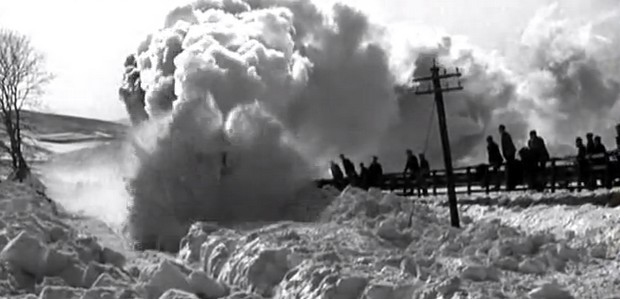
The news reporters may scream “Snow Chaos!’ every time a few centimeters of the white stuff sprinkles down on Blighty, but it’s looking pretty tame compared to this astonishing archive footage of a steam train being dug out of a huge snowdrift on the wild and windy moors.
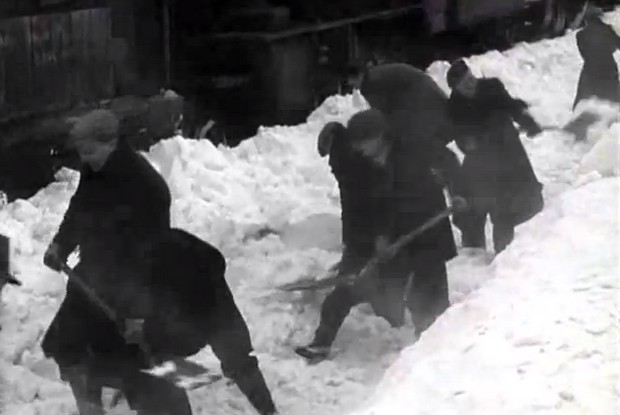
The 1955 British Transport Film documentary, ‘Snowdrift at Bleath Gill,’ is an amazing piece of gritty footage showing a team of British Railways workmen freeing a goods train stuck fast in a snowdrift in the Pennines.
The industrial documentary tells the tale of an overnight goods train from Kirkby Stephen which set off into a snowy night at 4.20am on Thursday, 24 February 1955.
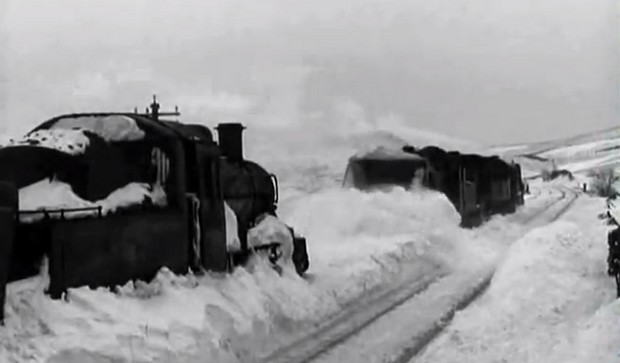
Forty minutes later, the train became stuck at Bleath Gill near Stainmore Summit, which was the highest point on any railway line in England at the time (the line closed in 1962).
The train, along with its crew, remained stranded in the middle of nowhere until 3pm the following Monday, when the first rescue teams arrived – and then got to work in sub-zero conditions to free the train.
Dramatic scenes followed with a steam-powered snowplough sending vast sheets of snow into the air.
Overnight, the engine was dug out of the snowdrift by workers labouring under paraffin lamp-lighting, but with the locomotive’s mechanism frozen solid, paraffin-soaked rags had to be draped around the moving parts and then set on fire to thaw the snow.
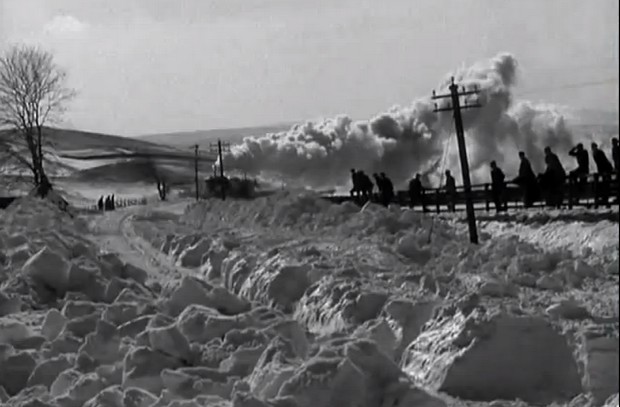
Interestingly, the 2008 BBC Four documentary on British Transport Films made comparisons between the celebration of hard manual labour seen in the film and Soviet propaganda films.
Either way, the Arctic conditions portrayed on the bleak moors of around County Durham, Yorkshire and Westmoreland certainly add a touch of perspective to some of today’s weather reports.
http://youtu.be/xuvoJuAtYjM


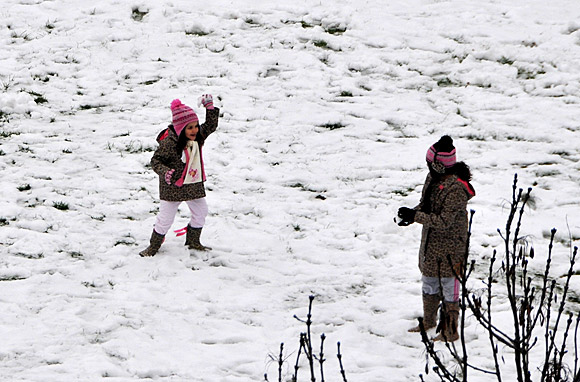
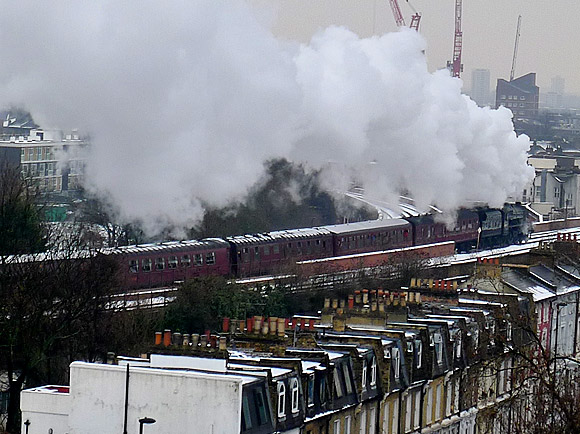
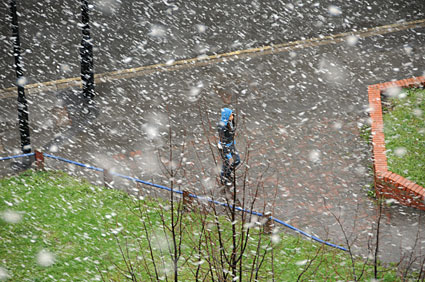
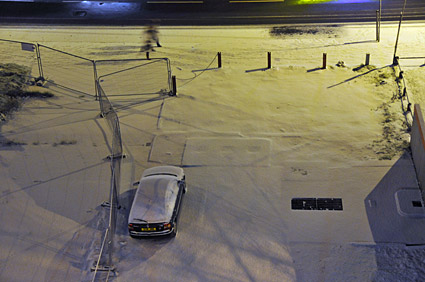
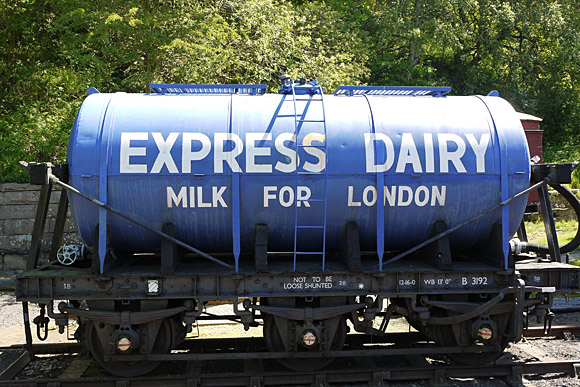
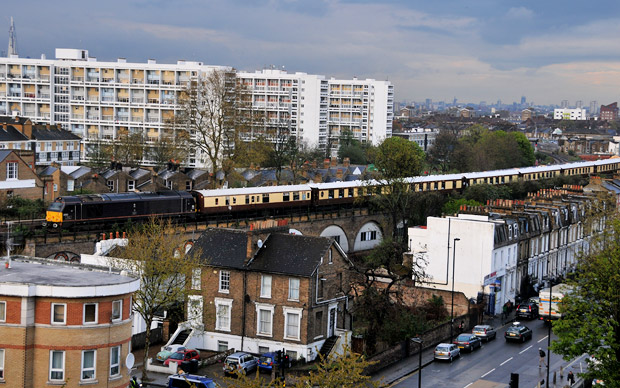




Enjoyed that! Presumably we’d still be pretty dependant on manual labour if the same thing happened today.
I went to Ely Nevada and I saw an steam snow remover in the steam train shop. It was very impressive. I made a video of that place if you would like to see it.
http://youtu.be/yuaz7eI47-c
I think we should be utilizing these designs and still using steam engine technology along with the wind power and solar!
In our time there is not so much snow. Global warming 🙂
Working a steam locomotive in falling snow is a miserable experience. The suction caused by the forward movement of the locomotive makes the swirling snowflakes penetrate everywhere. They got down your neck and into your eyes. When the Mayo line was cleared I worked the first goods train into Ballina. In the twenty one miles from Manulla to Ballina not one telegraph pole was left standing. The town was short of food, bread was very hard to get and there was no electricity. After 1947 I never wanted to see snow again.
Extract from ‘1947 and the oilburners’ by Val Horan Journal of the Irish Railway Record Society, vol.15 (1985), pp 337-35